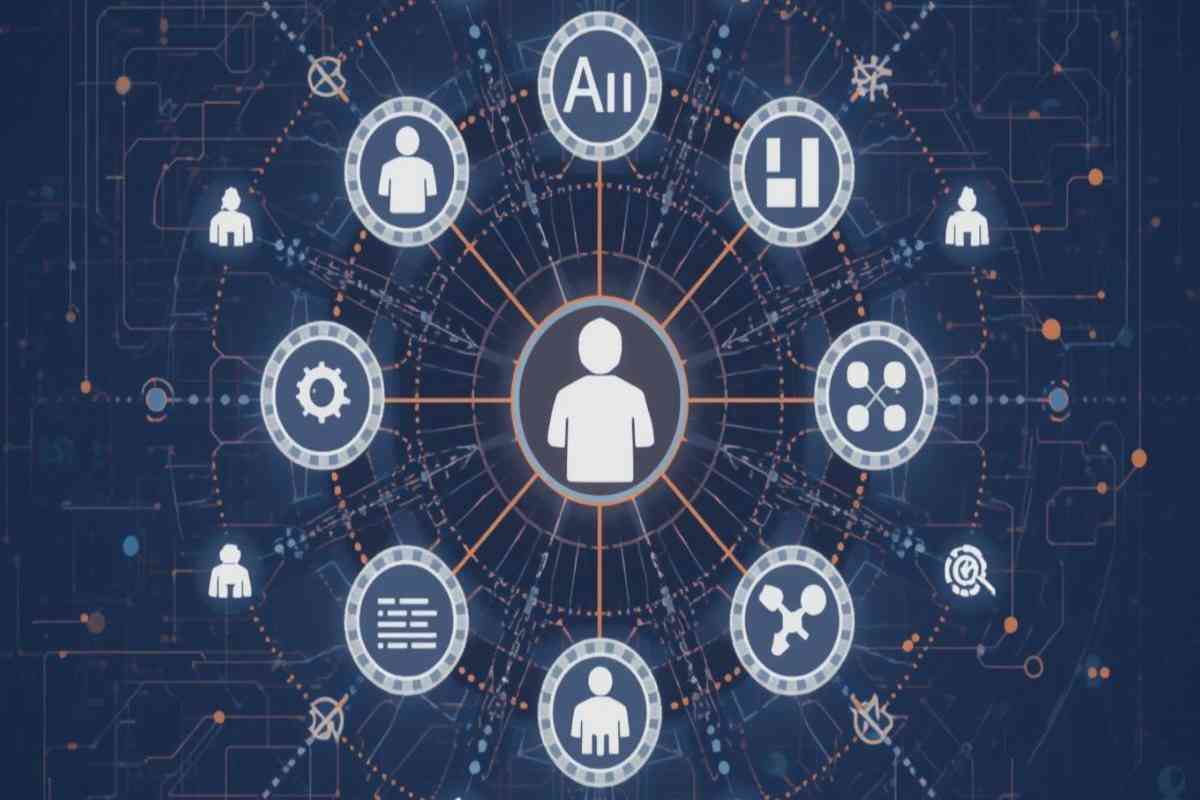
In the rapidly evolving field of artificial intelligence (AI), Large Language Models (LLMs) have emerged as a significant breakthrough. These models, exemplified by technologies like OpenAI’s GPT-4, have revolutionized natural language processing (NLP) and brought us closer to achieving human-like language understanding and generation. This blog post delves into what LLMs are, how they work, and their implications for the future of AI.
What is an LLM?
A Large Language Model (LLM) is a type of artificial intelligence model that has been trained on vast amounts of text data to understand, generate, and manipulate human language. These models use deep learning techniques, particularly transformer architectures, to process and generate text in a way that mimics human language patterns.
How LLMs Work ?
Training Process
LLMs are trained on diverse and extensive datasets, including books, websites, and other textual resources. This training involves the model learning patterns, structures, and nuances of language by predicting the next word in a sentence. Over time, the model refines its predictions to improve accuracy and coherence.
Transformer Architecture
The core technology behind LLMs is the transformer architecture, introduced in the seminal paper “Attention is All You Need” by Vaswani et al. This architecture allows the model to focus on different parts of a sentence simultaneously, enhancing its ability to understand context and relationships between words.
Scale and Performance
The performance of an LLM is closely tied to its size, measured in the number of parameters (weights) it has. Larger models, with billions or even trillions of parameters, can capture more intricate language patterns and produce more accurate and contextually relevant outputs. However, this also requires substantial computational resources and sophisticated optimization techniques.
Applications of LLMs
Natural Language Understanding
LLMs excel in natural language understanding (NLU) tasks, such as sentiment analysis, named entity recognition, and language translation. They can comprehend and interpret text with a high degree of accuracy, making them invaluable for applications in customer service, content moderation, and more.
Text Generation
One of the most notable capabilities of LLMs is their ability to generate human-like text. This is used in chatbots, virtual assistants, and content creation tools, where the model can produce coherent and contextually appropriate responses or articles.
Conversational AI
LLMs power many conversational AI systems, enabling more natural and fluid interactions between humans and machines. They can handle complex queries, provide detailed responses, and maintain context over long conversations, improving user experience significantly.
Challenges and Considerations
Ethical Concerns
The deployment of LLMs raises ethical issues, including biases in training data, the potential for generating harmful or misleading content, and privacy concerns. It is crucial to address these challenges through careful design, transparent practices, and ongoing monitoring.
Computational Resources
Training and deploying LLMs require significant computational power, which can be a barrier for smaller organizations. Advances in hardware, optimization techniques, and cloud computing are helping to mitigate these challenges, making LLMs more accessible.
Future of LLMs
The future of LLMs in AI looks promising, with ongoing research focused on improving their efficiency, reducing biases, and expanding their applications. As these models continue to evolve, they hold the potential to transform numerous industries, from healthcare and education to entertainment and beyond.
Conclusion
Large Language Models represent a monumental leap in AI capabilities, offering unprecedented performance in natural language tasks. Understanding their mechanisms, applications, and challenges is essential for leveraging their full potential and navigating the ethical landscape they present. As we advance, LLMs will undoubtedly play a pivotal role in shaping the future of artificial intelligence.
By comprehending the intricacies and implications of LLMs, we can better harness their power to drive innovation and improve human-computer interactions.


